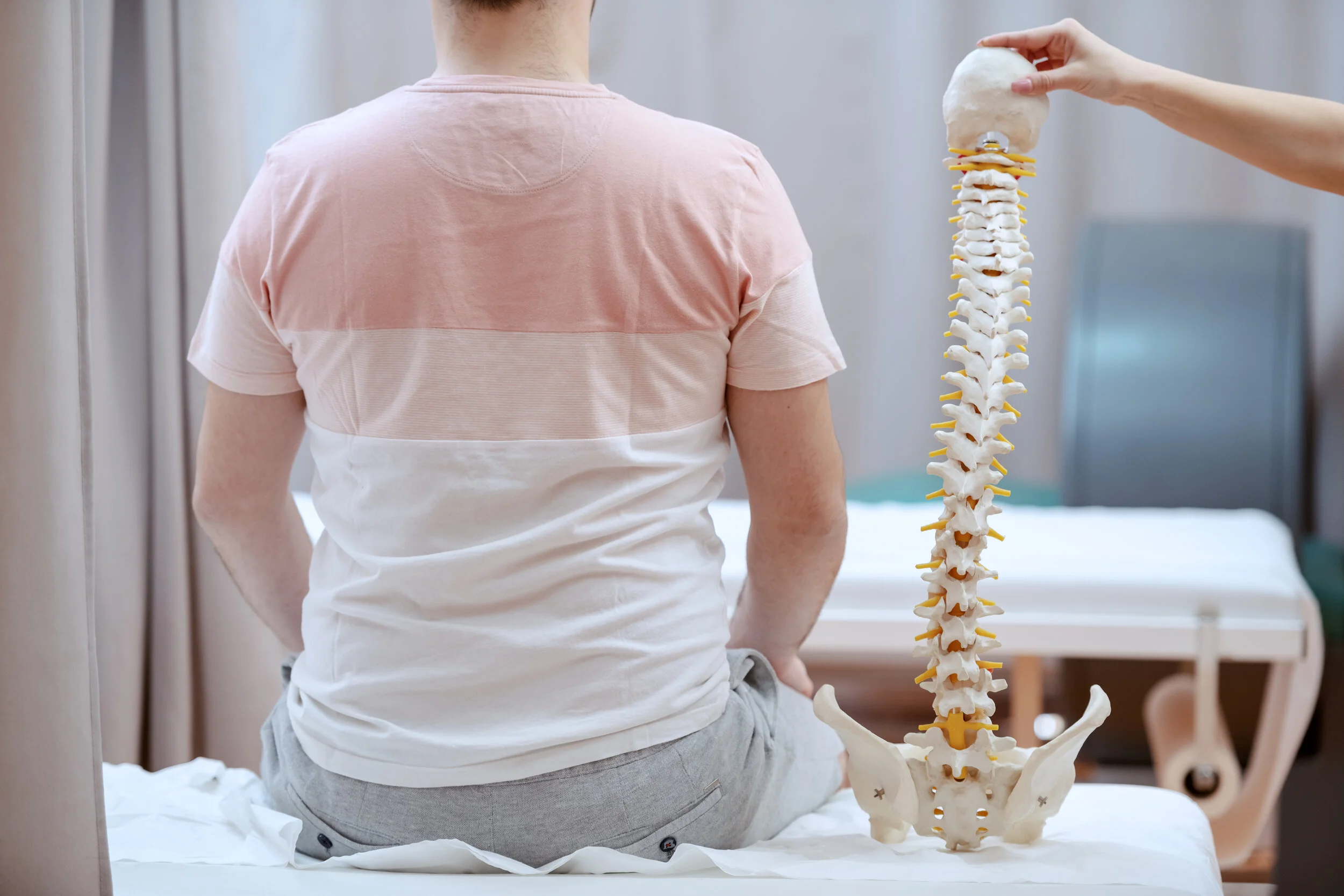Top 15 Reasons For Neck Pain And How To Treat It
Your neck has a tough job. It holds up the same weight as a bowling ball all day long. The bones at the top of your spine, along with your muscles and ligaments, support your head, which weighs about 5 Kg.
It can be a delicate balance. Things like sleeping wrong and bad posture can cause neck pain, as most of us have probably experienced.
Neck Pain Symptoms
Other than neck pain you may experience:
Pain that gets worse when you hold your head a certain way while working on a computer, driving, or doing other tasks
Muscle tightness or spasms
Trouble moving your neck or head
Headaches and Migraines
Neck Pain Causes
There can be a vast array of reasons why you could suffer from neck pain:
Poor posture
Repetitive motion
Bad sleep habits
Gritting your teeth
Carrying a heavy shoulder bag or purse
Pinched nerves
Sports or other injuries
Car accidents involving whiplash
Arthritis
Tumors
A fractured or collapsed vertebra, which can be related to osteoporosis
A slipped (herniated) disk
Fibromyalgia
Narrowed spaces within your spine (spinal stenosis)
Neck Pain Treatment
A Chiropractic adjustment, also known as chiropractic manipulation, manual manipulation, or spinal manipulation, is a common therapeutic treatment for lower back pain.
A Chiropractic adjustment refers to a chiropractor applying manipulation to the vertebrae that have abnormal movement patterns or fail to function normally.
The objective of this chiropractic treatment is to reduce the subluxation, with the goals of increasing range of motion, reducing nerve irritability and improving function.
What To Expect At Your First Visit
An initial Chiropractic exam for back pain will typically have three parts: a consultation, case history, and physical examination. Laboratory analysis and X-ray examination may be performed.
Consultation. The patient meets with the chiropractor and provides a brief synopsis of his or her lower back pain, such as:
Duration and frequency of symptoms
Description of the symptoms (e.g. burning, throbbing)
Areas of pain
What makes the pain feel better (e.g. sitting, stretching)
What makes the pain feel worse (e.g. standing, lifting).
Case history. The chiropractor identifies the area(s) of complaint and the nature of the back pain by asking questions and learning more about different areas of the patient's history, including:
Family history
Dietary habits
Past history of other treatments (chiropractic, osteopathic, medical and other)
Occupational history
Psychosocial history
Other areas to probe, often based on responses to above questions
Physical examination. A chiropractor may utilize a variety of methods to determine the spinal segments that require chiropractic treatments, including but not limited to static and motion palpation techniques determining spinal segments that are hypo mobile (restricted in their movement) or fixated. Depending on the results of the above examination, a chiropractor may use additional diagnostic tests, such as:
X-ray to locate subluxations (the altered position of the vertebra)
A device that detects the temperature of the skin in the paraspinal region to identify spinal areas with a significant temperature variance that requires manipulation.
Chiropractors are trained in a variety of methods to assess the underlying cause of the problem, including:
Evaluation and management services. Chiropractors are trained in examining the joints, bones, muscles and tendons of the spine, head, extremities and other areas of the body with the purpose of noting any misalignment, tenderness, asymmetry, defects or other problems.
Neurologic and other common physical examination procedures. Chiropractors are trained to perform a variety of neurologic tests (nerve root compression/tension, motor strength, coordination, deep tendon and pathological reflexes, etc.) and are skilled in performing orthopedic, cardiovascular and many other common examinations.
Specialised assessment. Chiropractors are trained to assess range of motion, stability, muscle strength, muscle tone and other assessments with the lower back.
Common diagnostic studies. Chiropractors are trained in use of diagnostic studies and tools such as radiography (X-rays), laboratory diagnostics and neurodiagnostics.
References
https://www.centerwatch.com/clinical-trials/listings/condition/677/neck-pain/
https://trialsjournal.biomedcentral.com/articles/10.1186/s13063-019-3598-7
https://www.archives-pmr.org/article/S0003-9993(13)01222-7/pdf
https://www.versusarthritis.org/media/1257/neck-pain-information-booklet.pdf
https://journals.plos.org/plosone/article?id=10.1371/journal.pone.0234511
https://www.physio-pedia.com/Evidence_Based_Interventions_for_Neck_Pain



